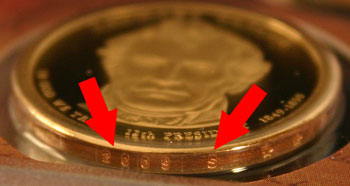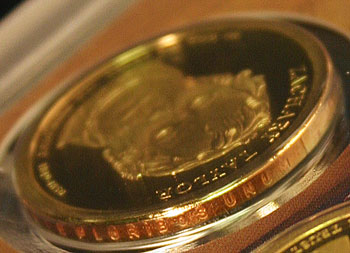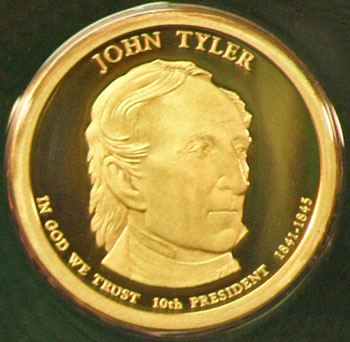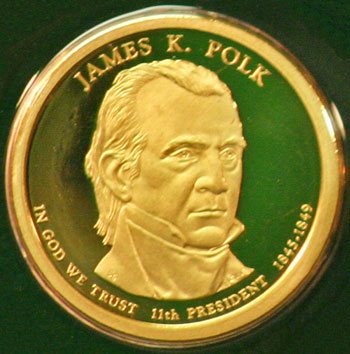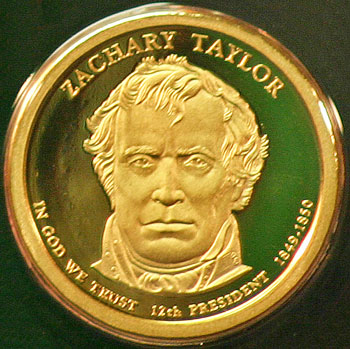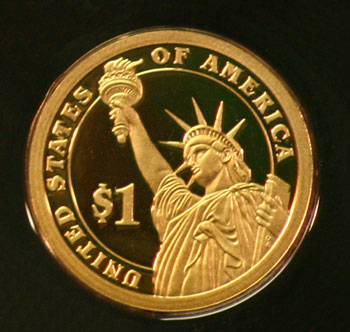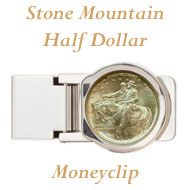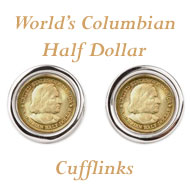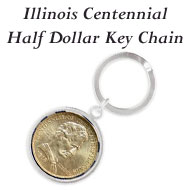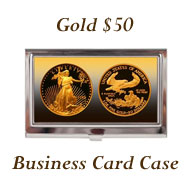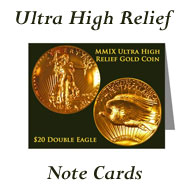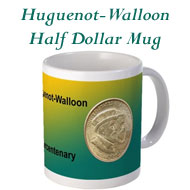|
Greater Atlanta Coin Show |
||
| coin show and coin information for collectors and investors | ||
You are here: Coin Shows > Proof Sets > Proof Sets 2000-2009 > 2009 Proof Set > 2009 Proof Set Presidential Dollar Coins
Coins - 2009 Proof Set Presidential $1 CoinsThough interesting and different, the "lettered" edge of the Presidential $1 Coins dismayed many true numismatists especially those who remember their childhood days of finding nice, old coins among their grandparents' treasures. These coins had once been in circulation, but they still had full dates and mint marks along with most of their reeded edges. Once coins go into circulation, the edge of the coin wears the most first. Sure, there may be some scratches and dings on the obverse and reverse, but the most wear shows along the edge. But, another practical issue occurs as well. Most numismatic holders, either individual, rolls or books, are set up to show the obverse and reverse. With lettered edge, numismatists will need to have different storage vehicles for their Presidential $1 Coins. As can be seen in this view of the 2009 Proof Set, the US Mint also had to design and deliver packaging that allows the collector to see the edges of the coins. (Note: the easel is for display only and was not part of the proof set.)
Looking at the edge below the president's image, the year, 2009, and the mint mark, "S," are etched into the rim of the coin. In addition, ten stars are to the left of the date and three to the right.
Just past the three stars, "E PLURIBUS UNUM" is inscribed before the next set of ten stars.
The obverse of each Presidential $1 Coin shows the image of the president, his name, his term years and his sequence. The first Presidential $1 Coin for 2009 shows the 9th President, William Henry Harrison, who served in 1841. Born in Virginia in 1773, Harrison first studied medicine in Richmond. He later changed directions and went to the Northwest territories to fight in Indian wars. He resigned from the Army in 1798 and became Secretary of the Northwest Territory. As their first delegate to congress, Harrison helped divide the territory into the Northwest and Indiana Territories. In 1801 he began a twelve year stretch as Governor of the Indiana Territory. After success in the battles against the British and the Indians, Harrison once more in the Army as a Brigadier General returned to civilian life. In 1840, the Whig party nominated Harrison as their presidential candidate. He won with a small margin of popular votes but with a large percentage of the electoral votes. After being in office for less than three months, William Henry Harrison became the first president to die in office. At just under 70 years of age, a cold turned into pneumonia and ended President Harrison's term and his life.
The 10th President, John Tyler, served from 1841 to 1845. Born in Virginia in 1790, John Tyler studied law at the College of William and Mary. Being the first vice-president to become president due to the death of the President in office, the cabinet and congress disagreed among themselves and with President Tyler on many points. At one time, all of his cabinet, except for Secretary of State Webster, resigned. Later, he disagreed with congress by vetoing one of their bills. In turn, they tried the first impeachment proceedings against him. They failed. One of his strong points, President Tyler believed in states' rights and worked toward that end.
James K. Polk, the 11th President served in office 1845-1849. Born in North Carolina in 1795, he studied law and graduated with honors from the University of North Carolina. Initially, Polk served in the Tennessee legislature and later as Governor of Tennessee. During his presidency, Polk defined the northern boundary between the US and Canada and acquired the western areas of California and New Mexico. The trials of obtaining the lands took a toll on Polk. He left office in 1849 and died later in June of that year.
Zachary Taylor, our twelfth President, served 1849-1850. Born in Virginia in 1784, he was taken to Kentucky and raised on a plantation. Later, his home was in Baton Rouge Louisiana, and he owned a plantation in Mississippi. Taylor, a strong nationalist, met with both Northerners and Southerners while in office and fought for his ideals against theirs. Discussions of secession began in those meetings. After a meeting at the Washington Monument on July 4, 1850, President Taylor became ill and died within five days.
The reverse of all four of the Presidential $1 Coins contain the same image of the Statue of Liberty holding the tablet in her left arm and reaching to the sky with the torch in her right arm to light the way. "UNITED STATES OF AMERICA" and "$1" are inscribed along with the statue's image.
|
Coin Shows GACS Numismatic Shoppe Contact Us Privacy Site Map |
© Copyright Atlanta Coin Expositions, 2008-2016. All Rights
Reserved.
Several of the links on the pages within this web site go to affiliate vendors.
A vendor affiliation can mean a small monetary compensation to the web site owner.


